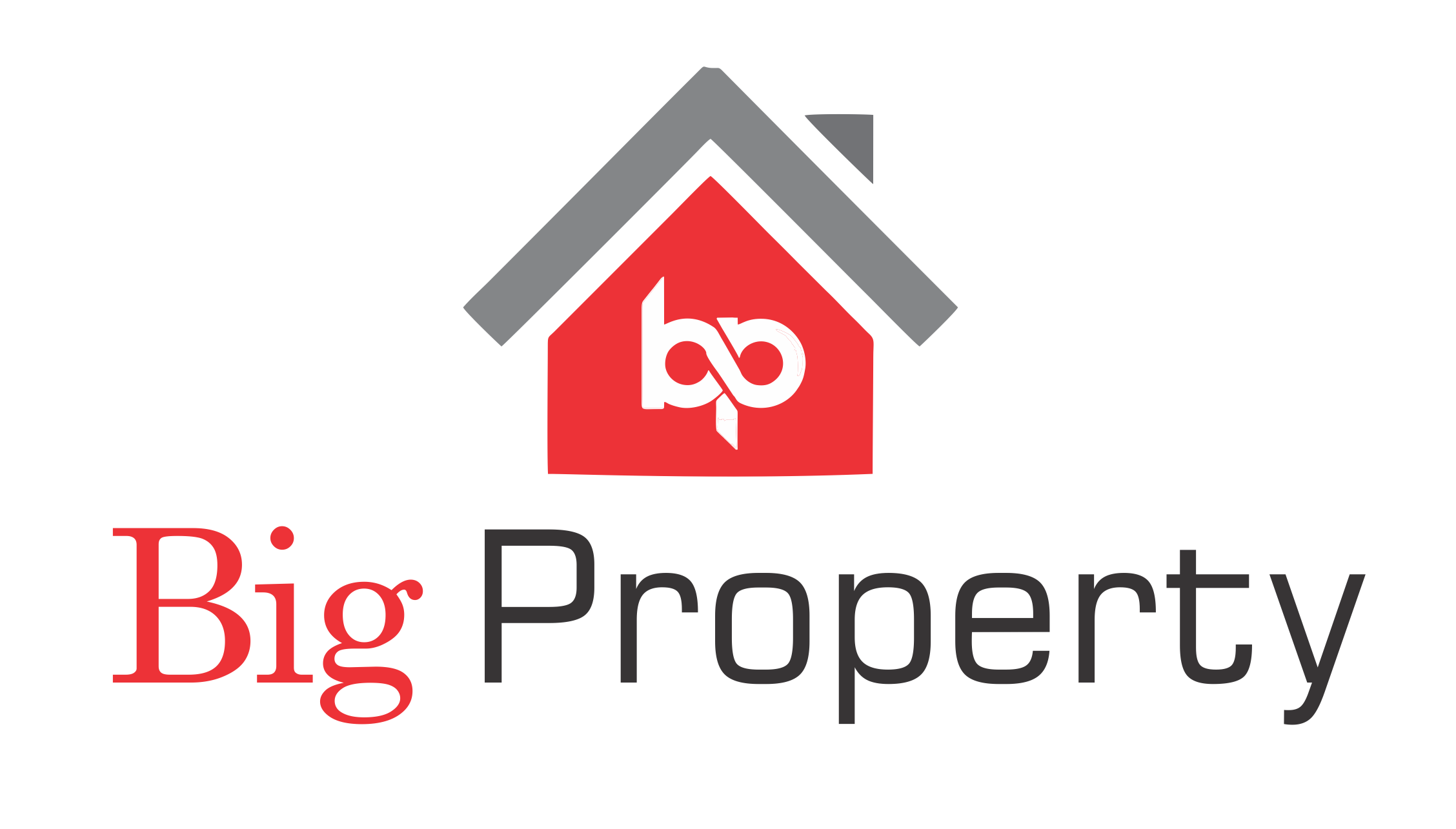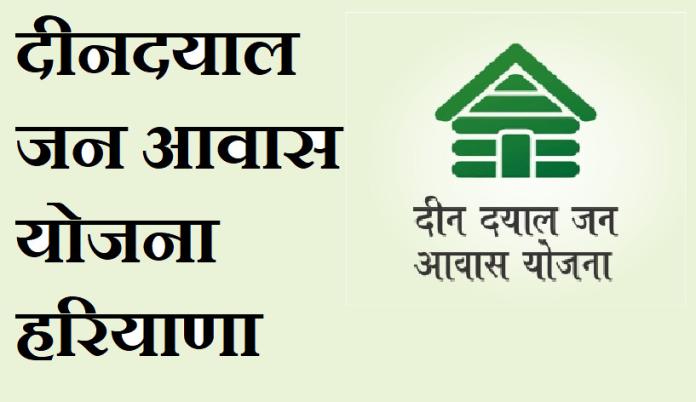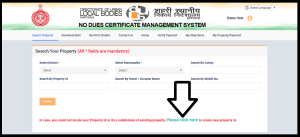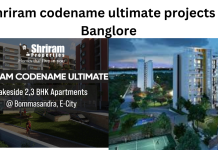1. Introduction
In 2016, the Haryana government introduced the Deen Dayal Jan Awas Yojana (DDJAY) under Section 9A of the Haryana Development and Regulation of Urban Areas Act, 1975. Crafted to curb the proliferation of unauthorized colonies, this initiative aimed to facilitate accessible and affordable housing for all residents.
2. Deen Dayal Jan Awas Yojana: Objectives Explored
The DDJAY strives to foster the development of high-density plotted colonies in low and medium-potential towns across Haryana. This vision materializes through a liberal policy framework, ensuring the availability of small plots.
3. Navigating Key Parameters
Covered Areas
Under this policy, projects are exclusively permitted in the residential zone of designated development plans for low and medium-potential towns in Haryana.
Project Size
In any residential sector, a maximum of 30% of the net planned area in the residential zone, inclusive of the 20% allocated for group housing projects, is allowed. Exceptions apply for sectors under 50 acres, where one project can be greenlit up to 15 acres.
Project Completion Timeline
Projects sanctioned under this scheme must achieve completion within seven years from the license approval date.
4. Evolution through the Amendment
In August, the Haryana government introduced a game-changing amendment. Builders were mandated to allocate 10% of the licensed colony’s area, free of charge, for community facilities. Alternatively, they could develop this area independently or through a third party, adhering to specified conditions.
Related Blogs
5. Security Measures and Amendments
The notification also abolished the provision freezing 50% of the saleable area. Additionally, as a security measure, builders must mortgage residential plots, covering 10% of the saleable area, against required bank guarantees for Infrastructure Development Works (IDW) and External Development Charges (EDC).
Suspension in Gurgaon and Faridabad
A significant turn of events occurred in April 2023, when the Haryana government suspended the DDJAY schemes in Gurgaon and Faridabad, citing them as ‘unaffordable’ for the common man.
Also Read: Dakshin Haryana Electricity Bill Pay Online
6. 2023 Policy Amendment: Catering to Preferences
Responding to the preference for plotted colonies over group housing in low and medium-potential towns, the government made amendments in 2023. These changes, effective October 27, imposed caps on net planned area percentages for DDJAY licenses based on town size.
7. Application and Eligibility Guidelines
Application Format
License applications under this policy must adhere to the format outlined in Rule 3 of the Haryana Development and Regulations of Urban Areas Rules, 1976.
Application Window
The window for receiving license applications spans 90 days from policy notification, with ongoing consideration as long as the sector-specific area remains available.
Ongoing Consideration
Applications are accepted continuously until the area limits prescribed in the policy for specific sectors and development plans are licensed.
In conclusion, the Deen Dayal Jan Awas Yojana stands as a testament to Haryana’s commitment to affordable housing, continually adapting to the evolving needs of its residents through strategic amendments and thoughtful policies.
Frequently Asked Questions (FAQ’s)
Ans: DDJAY is a housing initiative launched by the Haryana government in 2016 under the Haryana Development and Regulation of Urban Areas Act, aimed at providing affordable housing and curbing unauthorized colonies.
Ans: DDJAY seeks to encourage the development of high-density plotted colonies in low and medium-potential towns of Haryana, ensuring the availability of small plots through a liberal policy framework.
Ans: Covered areas include residential zones in notified development plans, with project size restrictions and a completion timeline of seven years from license approval.






























